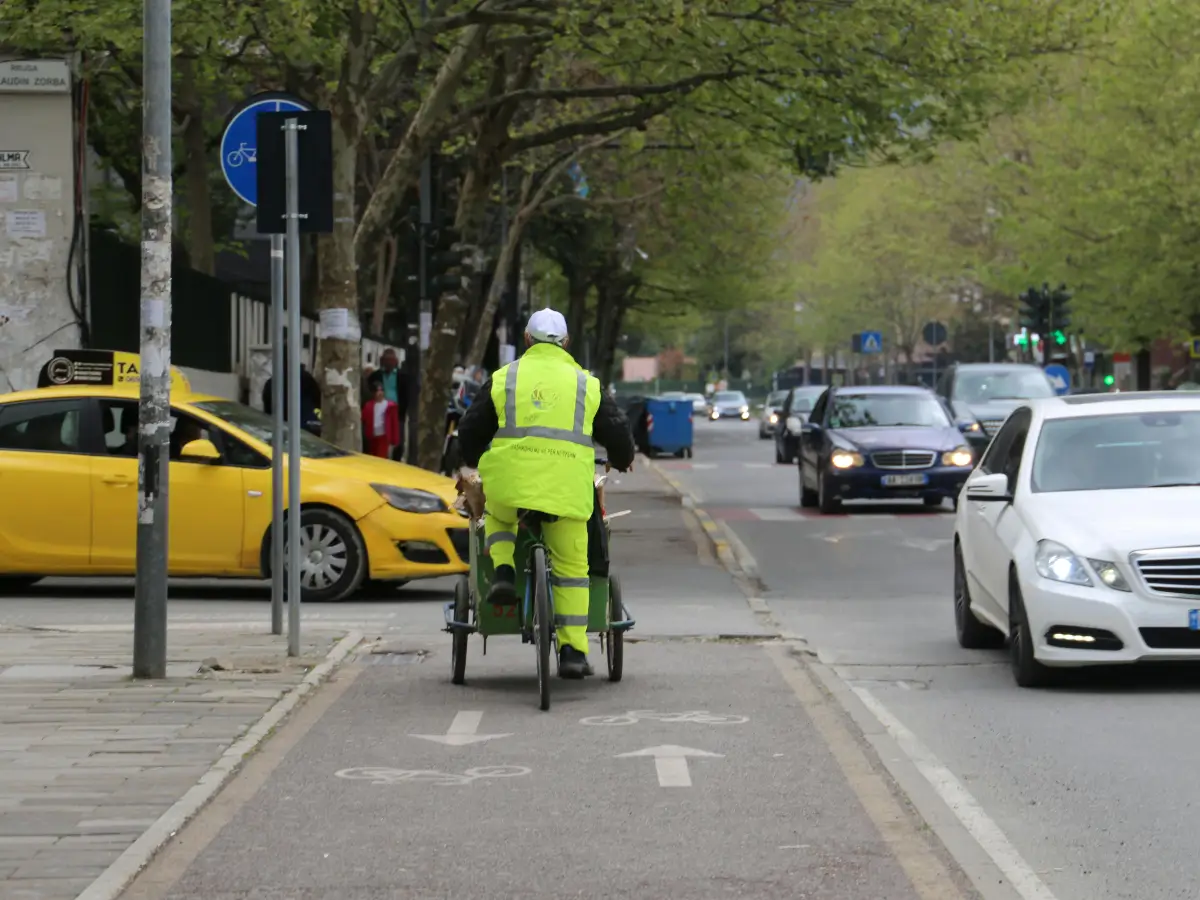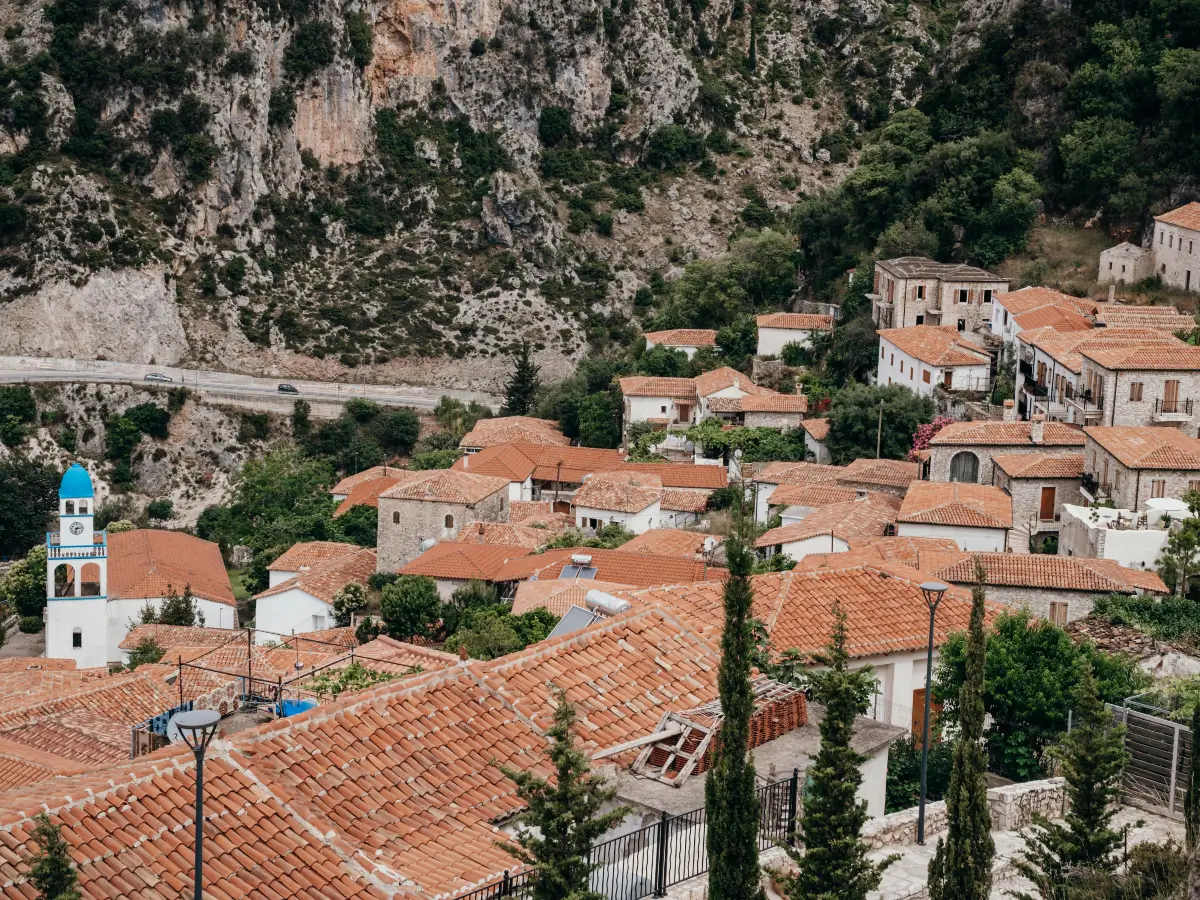Albania is often viewed as a culturally unified country, but within its borders exists a wide mix of ethnic and linguistic identities. While the majority of the population is ethnically Albanian, several minority communities have deep roots across different regions — each with their own languages, customs, and traditions.
These communities are recognized under Albanian law and protected by international agreements. Their presence adds richness to the social fabric and reflects centuries of coexistence shaped by geography, migration, and history.

Officially recognized minority groups
Albania recognizes nine ethnic and linguistic minority communities. Some are concentrated in specific areas, while others are scattered across the country. These groups include:
-
Greek minority – The largest and most visible minority group, mainly located in the southern regions of Dropull, Saranda, Himara, and parts of Gjirokastër. Many members are bilingual, and Greek-language schools and media are active.
-
Macedonian minority – Found mostly in the Pustec municipality near Lake Prespa. They maintain their own language and Orthodox Christian traditions.
-
Montenegrin minority – Based in villages near Shkodra and Ulqin, close to the Montenegro border.
-
Serb minority – Present in some northern areas and overlapping with Montenegrin communities.
-
Roma and Egyptian communities – Found in many cities and towns, including Tirana, Fier, Berat, Korçë, and Elbasan. These groups often face challenges related to social inclusion, education, and employment.
-
Aromanian (Vlach) minority – Spread across Korçë, Fier, Elbasan, and Vlora, known for their traditional pastoral lifestyle, language, and strong cultural identity.
-
Bosniak minority – Present in small numbers, mainly in northern Albania.
-
Bulgarian minority – Recognized in recent years, located in the Gollobordë and Maqellarë regions.
-
Croat minority – Very small population, mostly known through cultural associations.
Each group has unique customs, religious affiliations, and languages or dialects that contribute to Albania’s overall diversity.
Language rights and cultural protections
Minority rights in Albania are governed by the Law on the Protection of National Minorities, adopted in 2017. This law ensures:
-
The right to preserve and develop minority languages
-
Access to education in the native language where populations are concentrated
-
Participation in cultural and religious activities without restriction
-
Use of minority languages in local administration when the community is significantly represented
In practice, the Greek and Macedonian minorities have the strongest institutional representation, with bilingual schools and local media. Roma and Egyptian communities are recognized under a separate social inclusion framework, due to their vulnerability and historical marginalization.

Cultural life and traditions
Minority communities in Albania maintain distinct identities through festivals, food, music, clothing, and religious celebrations. In areas like Dropull or Pustec, visitors will notice differences in architecture, religious symbols, and even street signs.
Some traditions are passed down orally, while others are reinforced through schools, community centers, or cross-border exchanges with kin communities in neighboring countries.
Despite differences, most minority groups in Albania are fully integrated into local life — participating in elections, owning businesses, and engaging in shared national celebrations.
Challenges and ongoing integration
While Albania has made legal progress in recognizing and protecting minorities, several challenges remain:
-
Social exclusion and poverty, particularly among Roma and Egyptian communities
-
Limited access to higher education in minority languages outside primary school
-
Underrepresentation in national media and politics
-
Migration and assimilation, which reduce the visibility of certain groups over time
NGOs, cultural foundations, and local initiatives are working to preserve these identities and promote inclusion, especially among younger generations.